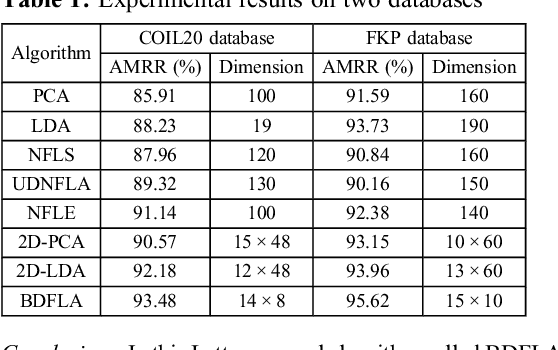Jeng-Shyang Pan
HMANet: Hybrid Multi-Axis Aggregation Network for Image Super-Resolution
May 08, 2024Abstract:Transformer-based methods have demonstrated excellent performance on super-resolution visual tasks, surpassing conventional convolutional neural networks. However, existing work typically restricts self-attention computation to non-overlapping windows to save computational costs. This means that Transformer-based networks can only use input information from a limited spatial range. Therefore, a novel Hybrid Multi-Axis Aggregation network (HMA) is proposed in this paper to exploit feature potential information better. HMA is constructed by stacking Residual Hybrid Transformer Blocks(RHTB) and Grid Attention Blocks(GAB). On the one side, RHTB combines channel attention and self-attention to enhance non-local feature fusion and produce more attractive visual results. Conversely, GAB is used in cross-domain information interaction to jointly model similar features and obtain a larger perceptual field. For the super-resolution task in the training phase, a novel pre-training method is designed to enhance the model representation capabilities further and validate the proposed model's effectiveness through many experiments. The experimental results show that HMA outperforms the state-of-the-art methods on the benchmark dataset. We provide code and models at https://github.com/korouuuuu/HMA.
Bilinear discriminant feature line analysis for image feature extraction
May 03, 2019
Abstract:A novel bilinear discriminant feature line analysis (BDFLA) is proposed for image feature extraction. The nearest feature line (NFL) is a powerful classifier. Some NFL-based subspace algorithms were introduced recently. In most of the classical NFL-based subspace learning approaches, the input samples are vectors. For image classification tasks, the image samples should be transformed to vectors first. This process induces a high computational complexity and may also lead to loss of the geometric feature of samples. The proposed BDFLA is a matrix-based algorithm. It aims to minimise the within-class scatter and maximise the between-class scatter based on a two-dimensional (2D) NFL. Experimental results on two-image databases confirm the effectiveness.
Polyhedron Volume-Ratio-based Classification for Image Recognition
Jan 26, 2016



Abstract:In this paper, a novel method, called polyhedron volume ratio classification (PVRC) is proposed for image recognition
 Add to Chrome
Add to Chrome Add to Firefox
Add to Firefox Add to Edge
Add to Edge